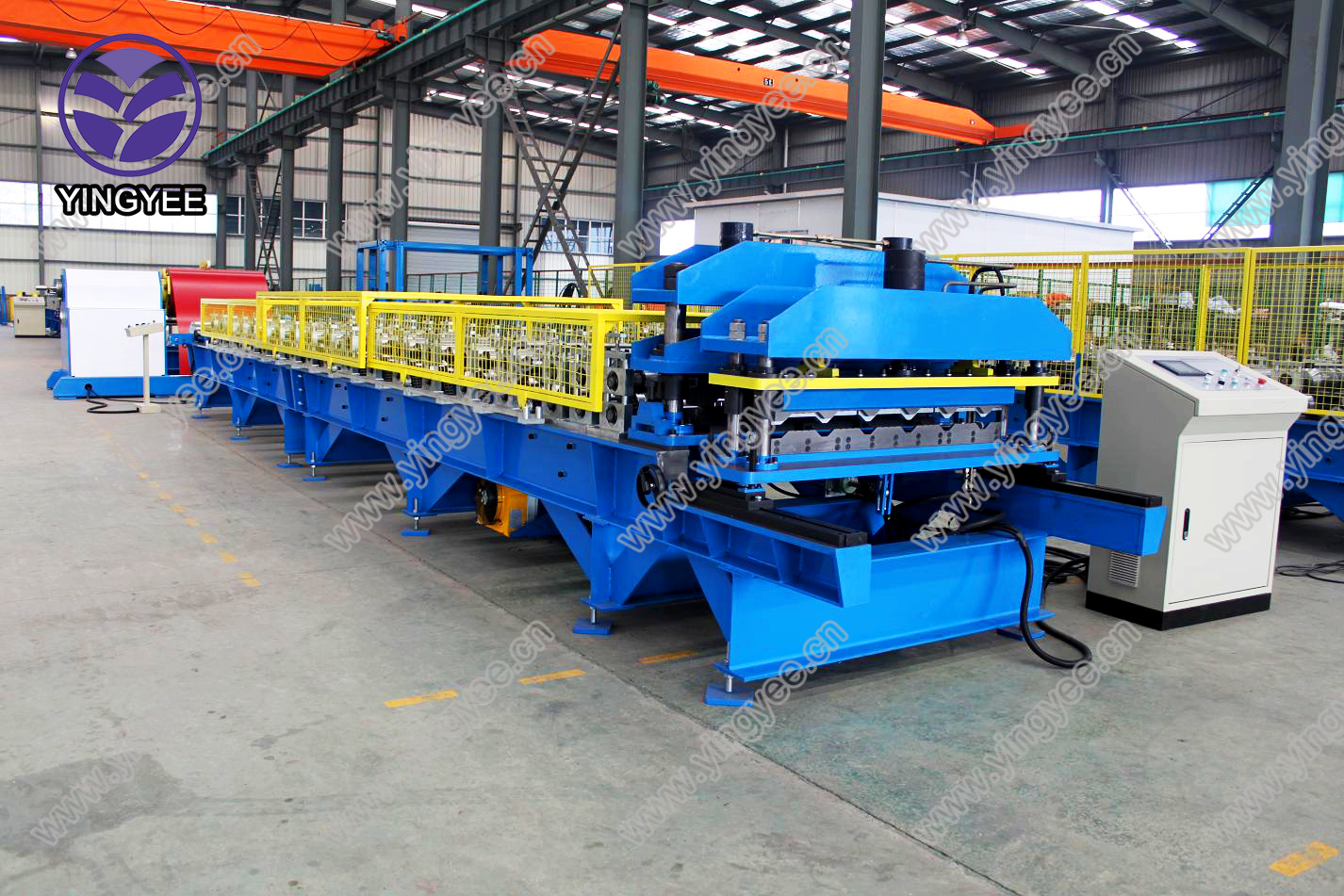
The Importance of Solar Tracking Steel Channel Roll Formers in Renewable Energy
In the quest for renewable energy solutions, solar power has emerged as one of the most promising alternatives to traditional fossil fuels. With the continuous advancement of technology, the efficiency and effectiveness of solar energy systems are steadily increasing. A key component in optimizing solar energy generation is the solar tracking system, which maximizes the sun's exposure throughout the day. Within this context, the role of the steel channel roll former becomes increasingly significant.
Understanding Solar Tracking Systems
Solar tracking systems are designed to adjust the position of solar panels to follow the sun's trajectory across the sky. By doing so, these systems can increase the amount of sunlight that solar panels capture compared to fixed installations. There are two primary types of solar tracking systems single-axis and dual-axis trackers. Single-axis trackers move along one axis, typically east to west, while dual-axis trackers can move in multiple directions, adjusting for the sun's elevation and azimuth. This movement can lead to an increase in energy production by 20-50% depending on the geographical location and time of year.
The Role of Steel Channel in Solar Trackers
Steel is the preferred material for constructing solar tracking structures due to its strength, durability, and resistance to harsh environmental conditions. Among the various components used in solar tracking systems, the steel channel serves as a crucial element for the framework. The use of steel channels in the construction of solar trackers ensures a sturdy and stable foundation that can withstand high wind loads and other external stresses.
Introduction to Steel Channel Roll Formers
The manufacturing process of steel channels is greatly enhanced by the use of roll forming technology. A steel channel roll former is a specialized machine that continuously shapes flat steel sheets into channel profiles through a series of consecutive forming stations. This process is efficient and can produce channels of varying sizes and shapes to meet specific design requirements.
The benefits of using a roll former for producing steel channels are numerous

1. Precision Roll forming allows for tight tolerances, ensuring that the dimensions of the steel channels perfectly match engineering specifications.
2. Consistency The continuous nature of the roll forming process means that each channel produced is uniform, reducing the chances of defects and material waste.
3. Cost-effectiveness As the roll forming process is highly automated, operational costs are lowered, allowing manufacturers to produce high-quality steel channels at a competitive price.
Applications in Solar Tracking Systems
When integrated into solar tracking systems, steel channels formed through roll forming provide the necessary support for mounting solar panels. They distribute the weight of the solar panels evenly and help maintain the structural integrity of the entire assembly. Additionally, roll-formed channels can be designed to accommodate various environmental conditions and can be customized to fit specific project requirements.
Future Prospects and Innovations
As the demand for solar energy systems continues to rise, the importance of efficient manufacturing processes like roll forming cannot be overstated. Innovations in roll forming technology are expected to further enhance the production capabilities for steel channels, leading to lighter and more robust structures. Additionally, the integration of smart technology into solar tracking systems, such as IoT sensors and automated control systems, will increase the efficiency of solar energy harnessing.
In conclusion, solar tracking steel channel roll formers are integral to the efficient production of components essential for solar tracking systems. Their ability to produce precise, consistent, and cost-effective steel channels makes them a vital part of the renewable energy landscape. As the world shifts towards sustainable energy solutions, investments in advanced manufacturing techniques like roll forming will play a crucial role in shaping the future of solar energy.